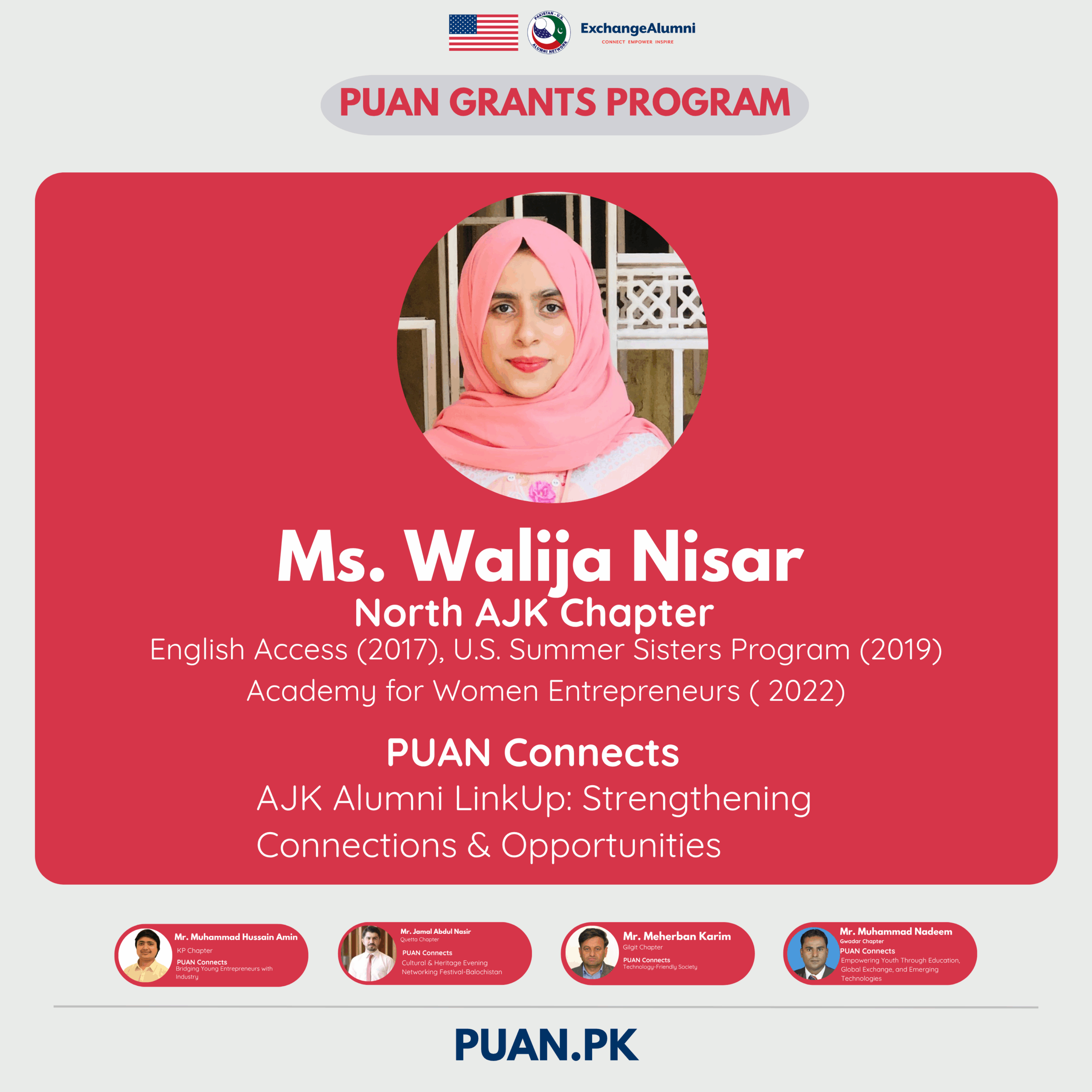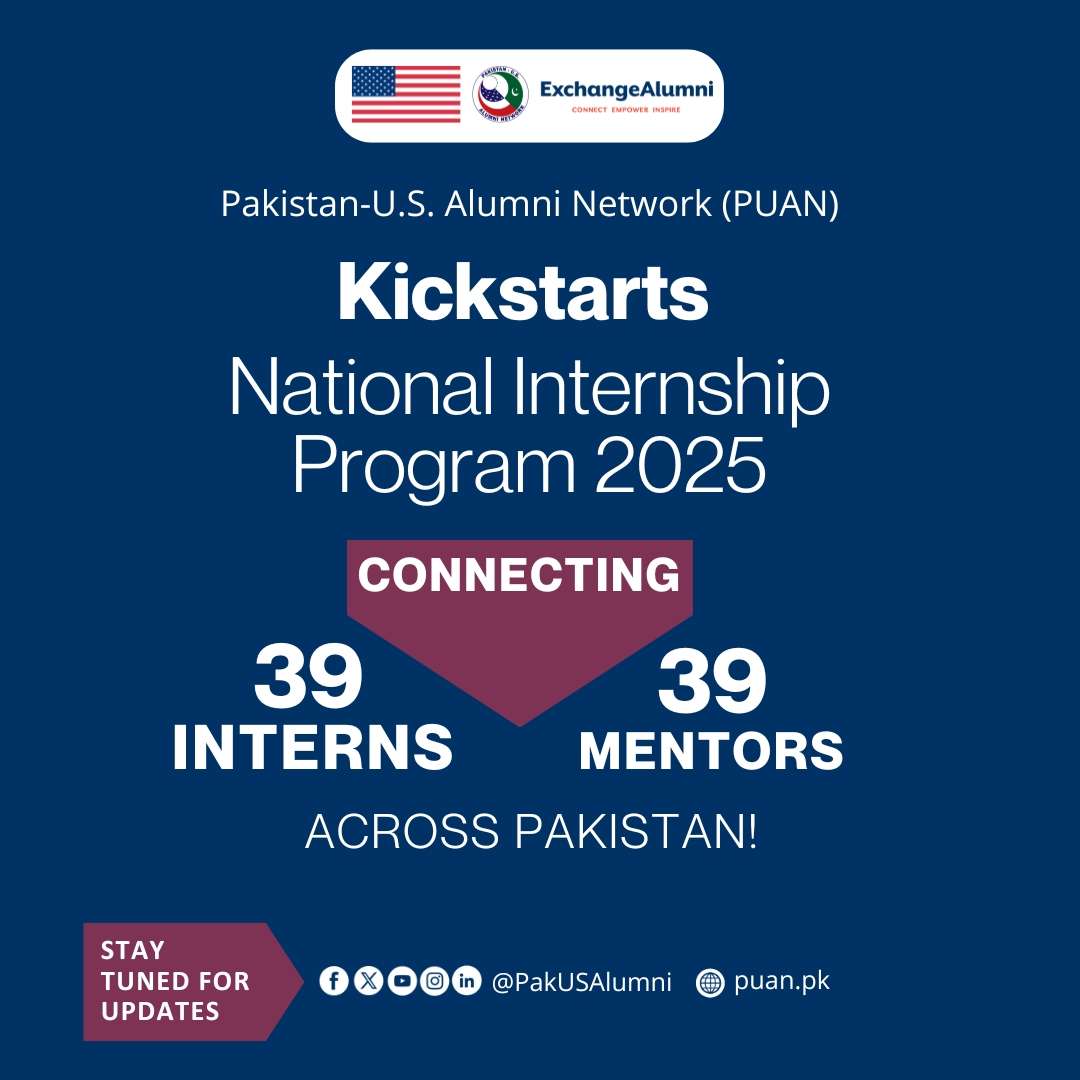By Rimsha Ali Shah
Holding the lead pencil in her hand, Sadia wondered, what could she possibly draw when all she could see was darkness? Up until the age of 12, Sadia had no problem in seeing the things around her. An unfortunate illness, however, left her visually impaired.
Sensing her mounting disinterest, the art educators leading the workshop encouraged Sadia not to give up, and draw, without any inhibitions.
Sadia first sketched a house; then a doll, a fish, an arrow, and a heart. From two-dimensional drawings, she shifted to three-dimensional (3D) models and, along with her group of class fellows, created imaginary 3D characters and weaved a story around them.
“I thought, I wouldn’t be able to make anything! But our teachers gave us so much confidence and support! They told us to just draw – and we did!” exclaims Sadia.
On November 24, 2016, the Hellen Keller Center, Islamabad was lined with the artwork by the twenty blind and partially sighted girls who had been a part of the art workshops. The exhibition showcased the journey of the students over the span of six months and included sensory drawings, paper collage portraits, fictional narratives in Braille, and 3D characters. The vibrant patterns and colors struck a chord with all those who came there to view the work of the students.

The project, “Understanding Creative Expression through Sensory Culture” was designed and executed by Fulbright alumna Rabeya Jalil. The project consisted of weekly art workshops, held from February to November 2016, with female students aged 8 – 14, at Government Special School for the Blind Girls, Shamsabad, Rawalpindi. Director General, Special Education, Ishrat Masood inaugurated the five-day exhibition. For Jalil, this project was a manifestation of the individualistic creative expressions of the students. It also gave her an insight into the role sensory stimuli played in the visual vocabulary of partially sighted and blind students.
This project was made possible with the help of an alumni small grant from the Pakistan-U. S. Alumni Network (PUAN). All alumni of various U.S. government-sponsored exchange programs in Pakistan are eligible to apply for the grant of up to $5,000 USD to enable them to give back to their communities.
Unleashing Creative Expression through 2D and 3D artwork
Beenish Khalid, an art educator who was co-leading the workshops, recalls the indifference of the students at the beginning. “I gave them a lead pencil to draw, but they did not respond. Their argument was: ‘If we cannot see, how can we draw?’”

Challenging the narrative of associating creativity with the sense of sight, the project focused on exploring the role of sense of touch and sound in creative expression. The introductory phase of the project explored sound, (including music, audio descriptions, audio prompts, and storytelling) as a form, through sensory drawing. The second phase explored the sense of touch through the 3D material (including play dough, wood craft sticks, cotton wool, paper cups, yarn, and fabric) and audio descriptions which allowed the students to design their own characters and build a narrative around them. This narrative was recorded and produced as four stop-motion animation stories that were screened at the 8th Lahore International Children’s film festival from November 21-26, 2016
Tuba Saleem, a student, recalls her initial hesitation towards the workshops.
“I thought I would not be able to draw anything. But Ms. Khalid and Ms. Jalil gave me so much confidence. They told us to draw what we felt like drawing. I always wanted to make a doll, and so I did.”

In the second phase, students in groups of three – two visually impaired and one partially sighted – came up with a storyline, developed fictional characters, and ultimately recorded the narrative for the stop motion animation with help from their art educators. “All the stories developed were spontaneous, simple, and a depiction of the collaborative creative energies of the students,” says Jalil.
This activity resonated the most with the students. Bushra Rafiq, who attended the workshop on character building after much insistence by her friends, comments, “I enjoyed working with the play dough because I could feel what I was making.”
The principal of Government Special School for the Blind Girls, Shamsabad, Ms. Waseem Sanaullah, observed the positive behavioral impact the art workshops had on the students. “I can see a marked difference in the relationship among the students. They are more expressive and congenial.”
As an end product of the six-month long journey, [bctt tweet=” Khalid and Javed developed an art curriculum for students and art educators with diverse abilities.” username=”PakUSAlumni”] “This curriculum, also available in Braille, provides a sustainable learning plan that allows art to be a part of the mainstream curriculum taught in schools,” says Jalil.
To learn more about the project, visit the project website.





